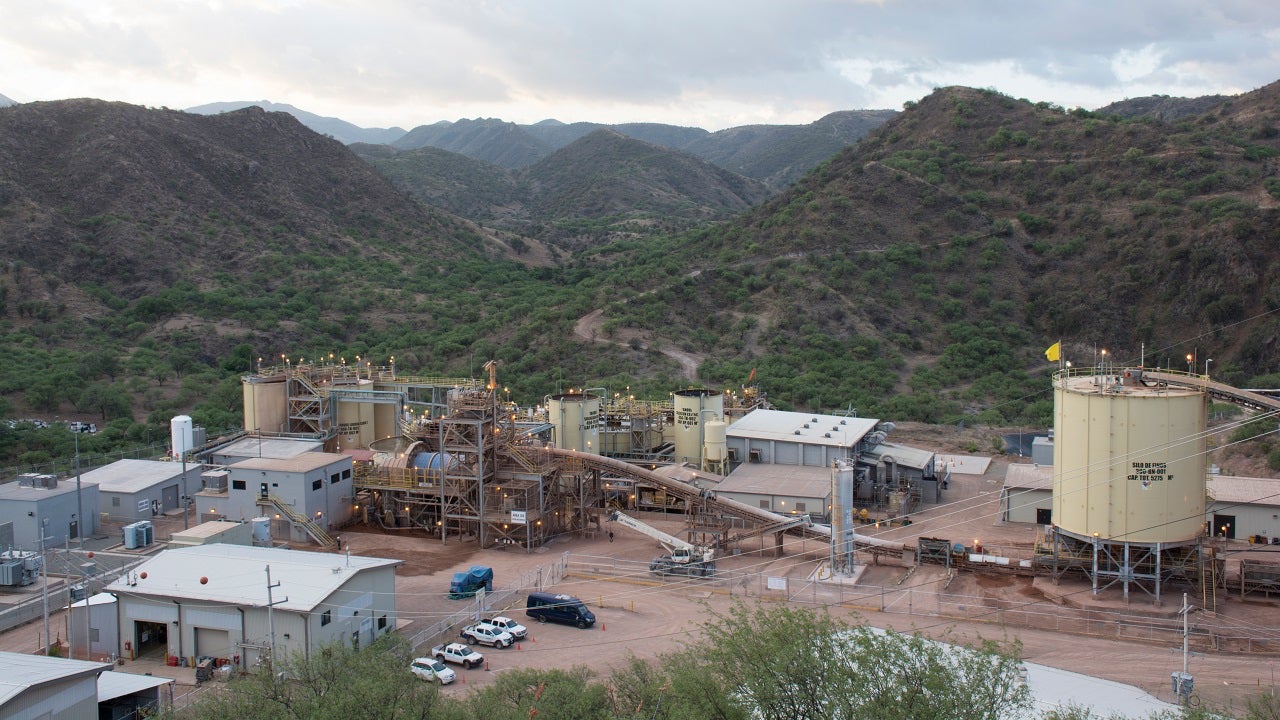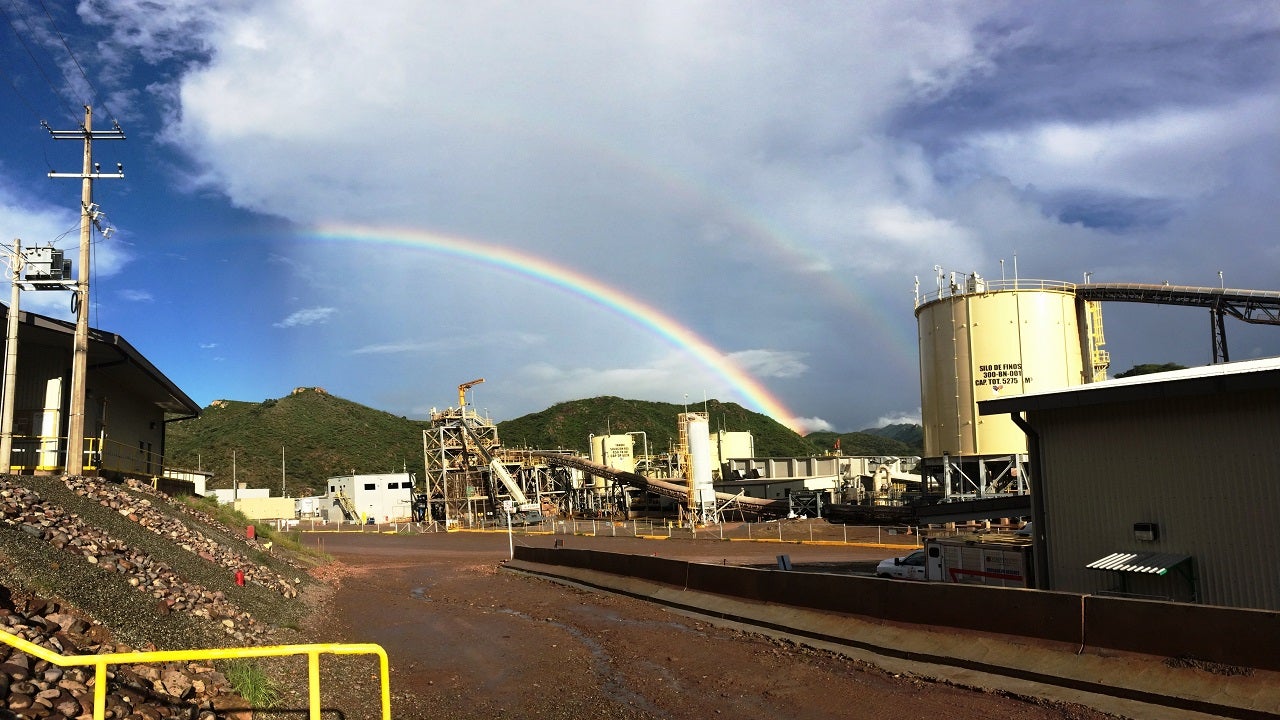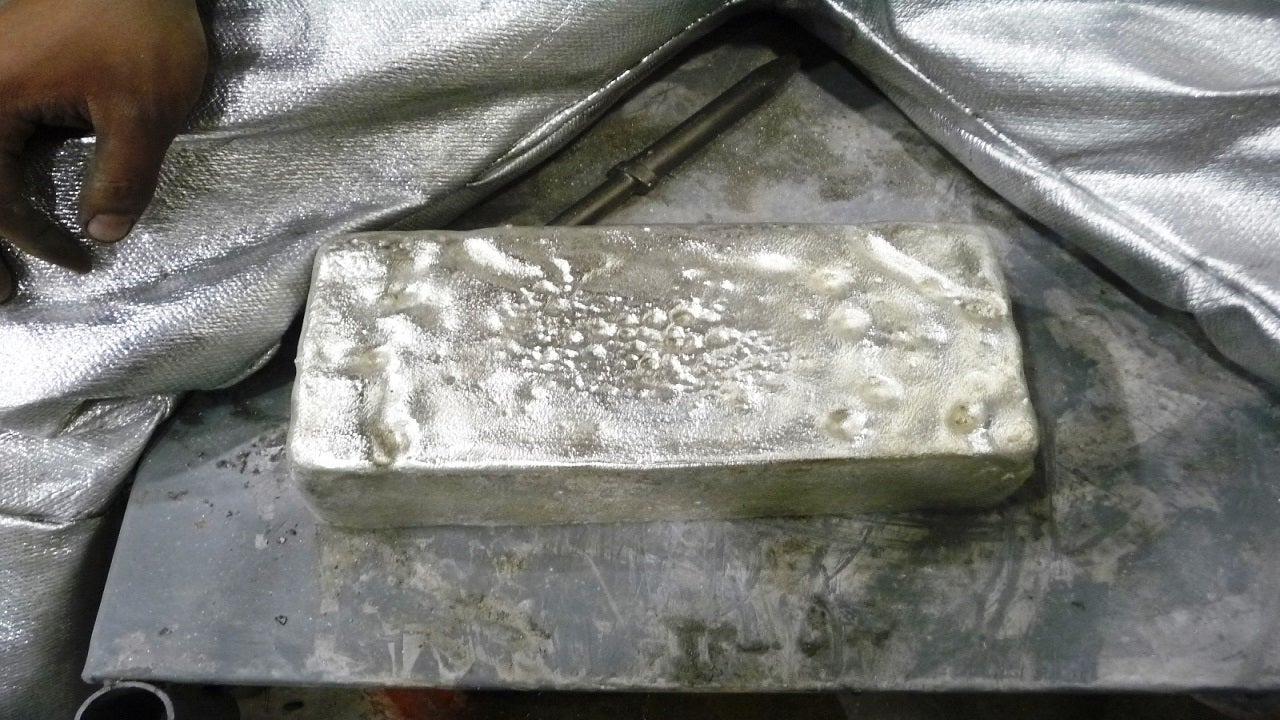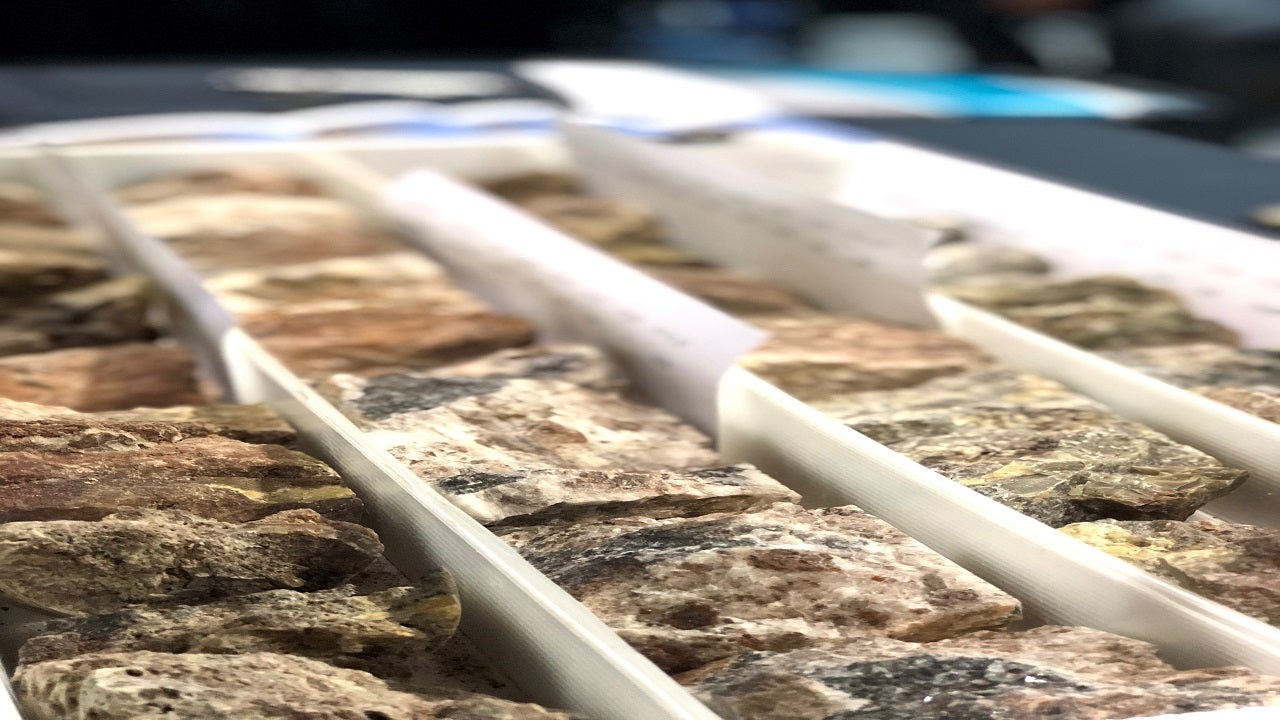Mercedes is an underground gold-silver mine owned by Premier Gold Mines. It is located in the state of Sonora in northern Mexico. The mine is situated 250km northeast of Hermosillo city, Sonora, Mexico, and 300km south of Tucson, Arizona, US.
Premier acquired the mine following a definitive share purchase agreement with Yamana Gold in 2016. The company owns all the concessions within the property through its 100% owned subsidiary Minera Meridian Minerales (MMM).
The mine began production in 2011 and produced 59,901oz of gold and 191,306oz of silver in 2019. It has a mine life of 4.5 years, with mining activity to be conducted until 2022.
Mercedes mine development
The Mercedes vein was discovered in 1936. Reverse circulation (RC) drilling began in 2001 with a focus on the Klondike and Mercedes zones, leading to the discovery of a narrow, vein-hosted mineralised zone at Mercedes and considerable mineralisation at Klondike.
The exploration programme conducted in 2005 by Meridian Gold discovered the bonanza-grade Corona de Oro shoot in the Mercedes vein. It was followed by the expansion of drilling with a focus on the Mercedes, Klondike, and Lupita veins during 2006-2007.
Premier Gold Mines identified several exploration targets that can be exploited to extend the mine life. The focus will be to improve grade predictability with reduced dilution and overall costs.
The mine was placed under care and maintenance at the end of the first quarter of 2020 in line with the restrictions imposed by the Mexican Government amid the Covid-19 pandemic. Premier resumed production in the second quarter while processing restarted in July 2020.
The company released an optimised mine plan in July 2020, which stated that production would be consolidated from five portals to one portal and mining rate would be lowered to 1,200 tonnes per day (tpd) from 2,000tpd. The processing plant is planned to be operated on a campaign basis. The revised strategy led to the termination of 40% of the workers’ jobs and 75% of mining-related contractors at the operation.
Geology of Mercedes mine
All the significant epithermal veins and gold-silver resources in the Mercedes property are hosted by the andesite sequence located within two anticlines trending in northwest direction.
The gold-silver mineralisation lies within the epithermal low sulphidation veins, breccia zones, and stockwork. It is characterised by 14 fissure vein zones within or marginal to the andesite-filled basins. The vein zones have a cumulative strike length of 12.35km of gold-silver-bearing veins.
Mercedes mine reserves
Mercedes is estimated to contain proven and probable gold reserves of 3.38 million tonnes (Mt) graded at 3.63g/t of gold (Au) containing 395,000oz of Au as of December 2018.
The estimated proven and probable silver reserves stand at 3.38Mt graded at 25.05g/t of silver (Ag) containing 2.72 million ounces (Moz) of Ag.
Mining at Mercedes mine
The mine primarily employs cut-and-fill and bulk mining methods.
It has five separate underground mine areas, including Lupita, Diluvio, Mercedes, Barrancas-Lagunas, and Rey de Oro, and an open-pit mine. The Rey de Oro area is adjacent to the mined-out Klondike deposit and will utilise the latter’s infrastructure.
The Mercedes mine has a mechanised decline access with the main declines located approximately 60m away from the main mineralisation. It employed two underground mining methods until 2018 and used mechanised cut and fill stoping for 90% of the mining. Long hole open stopes (LHOS) with cemented paste backfill was used in places with better rock quality.
The life of mine (LOM) production plan as per the technical report published in April 2018 suggests mechanised cut and fill stoping with no LHOS mining. The cut and fill method can be further classified as full face and split blasting. Split blasting is undertaken in areas where the full face does not meet the cut-off grade criteria. It involves blasting and mucking the mineralised zone before the waste cut is blasted and mucked to attain the minimum mining width of 3.5m.
Ore from the underground mines is hauled by 16t trucks to stockpiles near the portals, while ore from the Lupita, Diluvio, Barrancas-Lagunas, and Rey de Oro areas is transported to a common stockpile area close to the jaw crusher.
Processing at Mercedes mine
The Mercedes processing plant has a capacity of 2,200tpd and includes grinding and gravity circuit, agitated leach circuit, counter current decantation (CCD), Merrill-Crowe recovery plant, and sulphur dioxide (SO2)-air cyanide destruction circuit.
The processing facilities employ conventional milling with Merrill-Crowe recovery and include a three-stage crushing unit with closed circuit tertiary crushing. The mill is operated in closed circuit with cyclones. The mineral processing at the mine also involves smelting, cyanide detoxification of tailings, and tailings disposal.
Infrastructure
The mine receives power supply via a 65km, 115kV power line from the town of Magdalena de Kino. Water is received from local water supplies from the mines and dewatering wells.
The site includes haulage roads from the five mine areas to the plant while an access road network connects the mine infrastructure to public roads.
Existing infrastructure at the mine includes mine and mill infrastructure, a tailings storage facility (TSF), and mine ventilation fans and ventilation systems.
Other infrastructure includes stockpile areas, maintenance areas, core storage and exploration offices, and administrative facilities.
Contractors involved
Roscoe Postle Associates (RPA) conducted an audit of the mineral reserves and mineral resources and prepared an independent technical report.
COMINVI is undertaking underground mine development while SPM Perforacion is responsible for performing diamond drilling.
MMM engaged its team of geologists to conduct geological modelling. Electricity is supplied by Comisión Federal de Electricidad (CFM).







